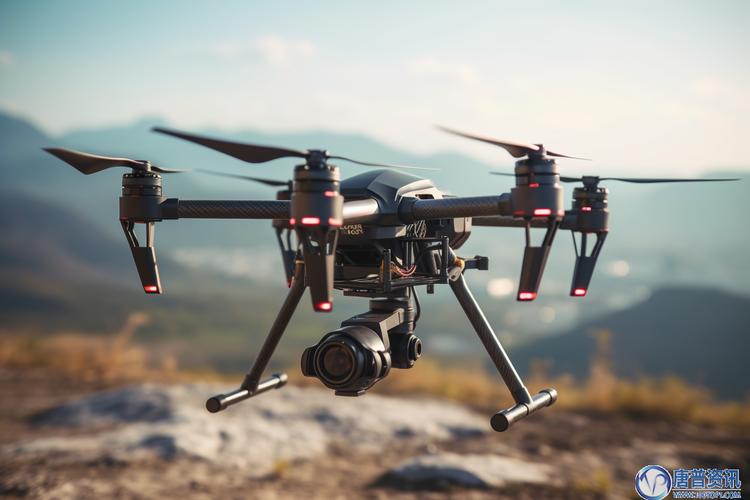When discussing the invention of drones, it’s important to trace the origin and evolution of this groundbreaking technology. Drones, also known as unmanned aerial vehicles (UAVs), have become an integral part of various industries, but who exactly invented them? The journey of drones began in the early 20th century with the development of simple remotely controlled aircraft.
Early Experiments and Pioneers
The story of drones starts with Archibald Low, a British engineer often dubbed the “Grandfather of Radio Guidance Systems.” In 1916, during World War I, Low was commissioned by the Royal Flying Corps to develop a radio-controlled aircraft as a potential weapon. Despite his team’s successful creation of a prototype called the Aerial Target, it unfortunately lacked the precision required for combat use.
Further Developments
Fast forward to the 1930s, and we see another significant contribution from Reginald Denny, a Hollywood actor and model airplane enthusiast. He developed a radio-controlled aircraft called the Radioplane RP-4, which was later contracted by the U.S. Army for training anti-aircraft gunners. Denny’s work laid the groundwork for more advanced UAVs in military applications.
Post-War Innovations
After World War II, drone technology saw substantial growth. The Vietnam War, in particular, was a pivotal moment, with the US deploying drones primarily for reconnaissance missions. The Ryan Firebee drone was one of the most notable models used during this time. Technologies developed during this period greatly influenced modern drone systems.
From Military to Civilian Use
The transition of drones from strictly military use to civilian applications began in the late 20th century. In the 1980s, Abe Karem, an Israeli aerospace engineer, revolutionized drone technology. Often credited with modern drone innovation, Karem developed the Amber drone, which evolved into the Predator drone, widely used today by the U.S. military and several other countries.
Commercial Drone Era
The invention of smaller, more affordable drones paved the way for their use in various civilian sectors. The rise of brands like DJI popularized drones within photography, agriculture, and even home delivery services. These developments have sparked widespread interest and investment in UAV technology for commercial purposes.
“The ability to create versatile, efficient, and cost-effective UAVs has opened up possibilities we never imagined.”
Environmental and Emergency Use

In recent years, drones have been deployed in environmental monitoring and disaster management. From tracking wildlife populations to providing crucial data during natural disasters, drones have reshaped our approach to global challenges.
Future of Drone Technology
As drone technology continues to advance, the future promises even more transformative applications. With the development of AI and machine learning, drones are becoming smarter and more autonomous. This will potentially enhance their capabilities in industries such as logistics, agriculture, and emergency response.
FAQs About Drone Invention
Who is most credited with the modern drone?
Abe Karem is often hailed as the pioneer of modern drone technology, having developed systems that led to the creation of the Predator drone.
How did drones transition from military to civilian use?
With technological advancements and decreasing costs, drones became feasible for commercial uses like photography and delivery services, facilitated by innovative companies.
What industries are currently benefiting from drone technology?
Industries such as agriculture, logistics, environmental monitoring, and emergency management are significantly leveraging drone technology for enhanced operations.